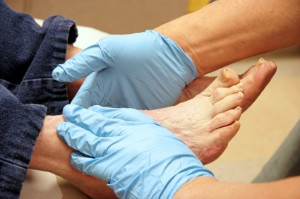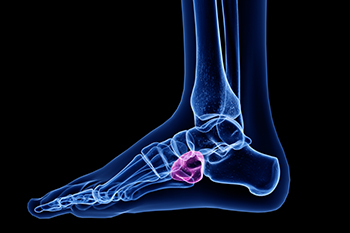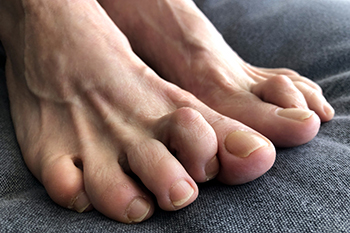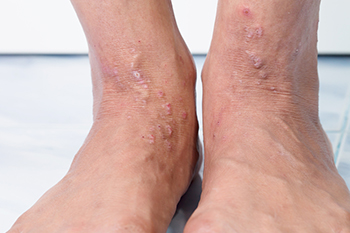
Diabetes raises the risk of foot ulcers, with a 40 percent five-year mortality rate. Limb salvage is preferred, but if a podiatrist finds that an amputation is necessary, partial-foot amputations, or PFAs, are preferred. PFAs offer better mobility and quality of life, but complications like re-ulceration persist. Assessing quality of life involves considering function and patient preferences. Shared decision-making integrates medical, psychological, and patient factors, which are critical for complex choices like limb salvage versus amputation. If you are a diabetic, it is strongly suggested that you make regular appointments with a podiatrist to have your feet routinely examined and problems dealt with as soon as possible. Preventing complications leading to limb-threatening conditions and improving quality of life is the goal.
Limb salvage can be an effective way in preventing the need for limb amputation. If you have diabetes, cancer, or any other condition that could lead to foot amputation if left unchecked, consult with Jeffrey Parrett, DPM from Parrett Podiatry. Our doctor will assess your condition and provide you with quality foot and ankle treatment.
What Is Limb Salvage?
Limb salvage is the attempt of saving a limb, such as the foot from amputation. Podiatrists also try to make sure that there is enough function in the foot after the salvage that it is still usable. Diabetes is the number one cause of non-traumatic amputations in the United States. Those with diabetes experience poor blood circulation, which prevents proper healing of an ulcer. If the ulcer is left uncheck, it could become infected, which could result in the need for amputation.
However, there are other causes as well, such as cancer and traumatic injury. Links between higher mortality rates and amputation have been found. This translates into higher healthcare costs, and a reduced quality of life and mobility for amputees. Podiatrists have attempted to increase the prevalence of limb salvage in an attempt to solve these issues.
Diagnosis and Treatment
Limb salvage teams have grown in recent years that utilize a number of different treatments to save the infected limb. This includes podiatrists that specialize in wound care, rehabilitation, orthotics, and surgery. Through a combination of these methods, limb salvage has been found to be an effective treatment for infected limbs, and as an alternative to amputation. Podiatrists will first evaluate the potential for limb salvage and determine if the limb can be saved or must be amputated.
If you have any questions, please feel free to contact our office located in Waxahachie, TX . We offer the newest diagnostic and treatment technologies for all your foot care needs.

 Cuboid syndrome
Cuboid syndrome


